Should Young Kids Watch YouTube – What Parents Need To Know
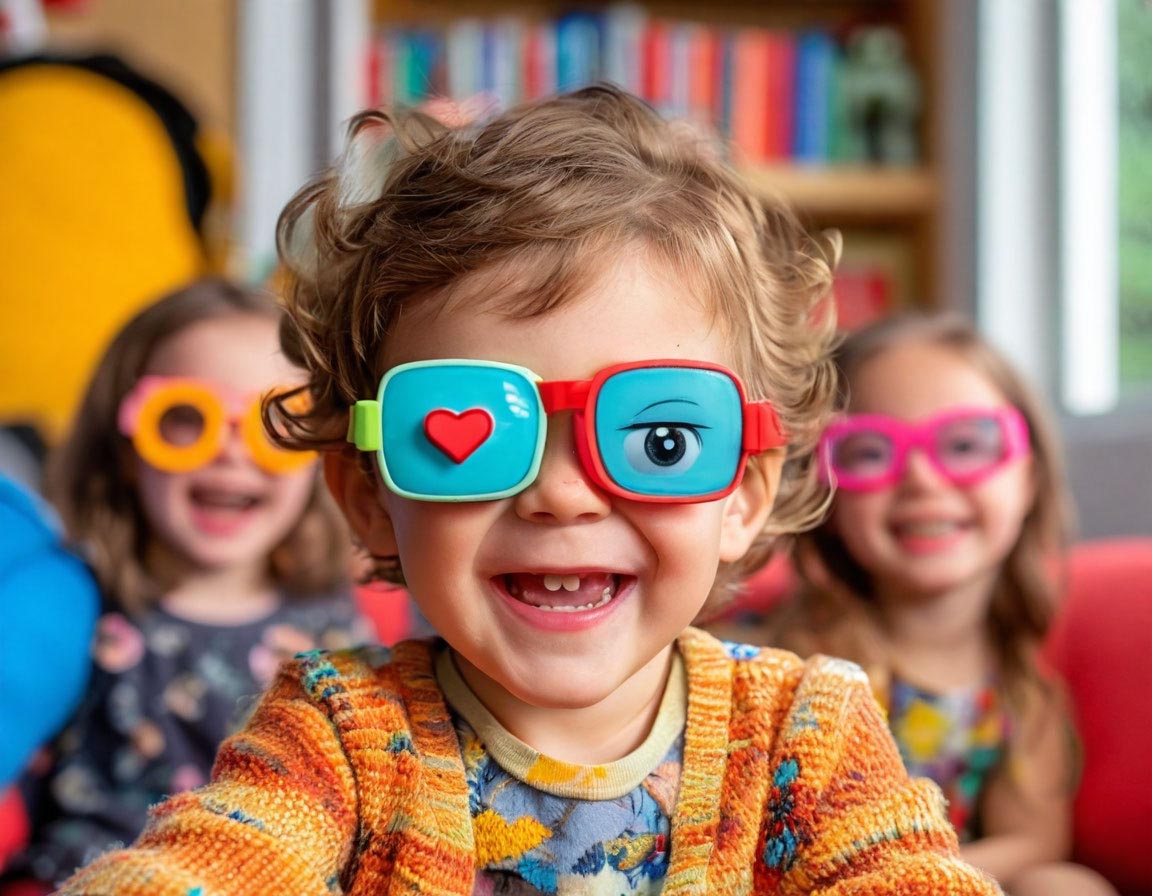
Parenting in the tech age means making constant choices about what kids are watching and how they watch videos. It’s not just about letting kids play video games or click on a random video on YouTube—it’s about knowing when the computer becomes a scary place and when it’s in learning mode. With so many youtubers and videos competing for attention, it’s tough to be sure what kids are really absorbing.
Many parents wonder: should I let my kids watch videos freely, or take more control?
Risks for Kids Watching YouTube
Although YouTube provides engaging content, its vast and unregulated nature exposes children to potential risks. Without proper guidance, these risks may outweigh the benefits.
What Kids May Encounter
YouTube’s algorithm often suggests content based on viewing history, which can inadvertently lead children to unsuitable material. This includes videos with violent themes, inappropriate language, or advertisements disguised as entertainment. For example, a child watching an animated video might quickly stumble upon content intended for older audiences, even within a children’s playlist.
This unpredictability underscores the need for vigilant parental supervision and the use of child-appropriate filters.
How YouTube Encourages Prolonged Watching
YouTube’s autoplay feature and algorithm are designed to keep viewers engaged. For children, this can translate into hours of uninterrupted screen time, often at the expense of physical activity, social interaction, and sleep.
The addictive nature of these platforms exploits children’s developing self-regulation skills, making it essential for parents to set clear time limits and encourage offline activities.
The Emotional Impact of Screen Time
Extended exposure to screens has been linked to anxiety, mood swings, and decreased attention spans in children. Frequent consumption of fast-paced or overly stimulating content can disrupt a child’s ability to concentrate on quieter, reflective tasks.
Additionally, children may experience FOMO (fear of missing out) when comparing their lives to the curated perfection often portrayed in videos. Helping children recognize the difference between online personas and real-life experiences can mitigate these effects.
Challenges with Unrestricted Access
Even with parental controls, unsupervised access to YouTube can lead children into digital environments unsuitable for their age. Live comments, clickable links, and user-generated content add layers of unpredictability.
Active involvement—such as co-watching videos and discussing their content—can bridge this gap and provide a safer viewing experience.
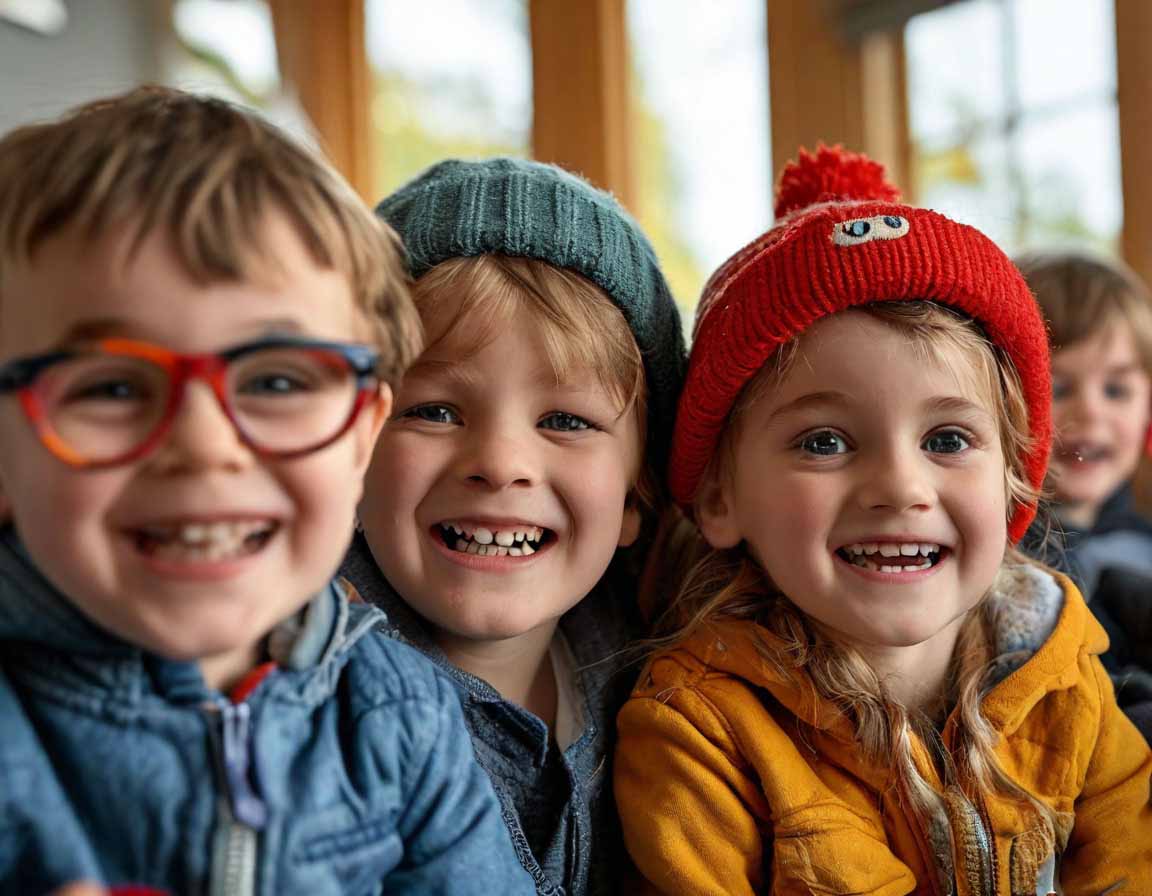
Benefits of YouTube for Kids
When approached thoughtfully, YouTube can be a valuable resource for children’s growth and development. Its diverse content library can inspire learning, creativity, and positive habits.
Channels That Teach and Inspire
YouTube hosts numerous educational channels tailored to young audiences. Khan Academy Kids offers engaging lessons in math and reading, while CrashCourse Kids simplifies complex science concepts.
Such channels can complement traditional education by providing interactive and visually appealing explanations, encouraging children to explore subjects beyond their school curriculum.
Tools to Ensure Safe Viewing
Platforms like YouTube Kids offer age-appropriate content and customizable settings. Parents can filter videos, set screen time limits, and disable features like search to create a safer environment.
While these tools are helpful, they should not replace active parental involvement. Discussing the purpose of controls and explaining why certain content is restricted can foster trust and understanding.
Encouraging Kids to Explore Their Talents
YouTube can serve as a platform for self-expression, allowing children to showcase their creativity through art, storytelling, or music. For example, many young users have launched channels to share their hobbies, such as crafting or coding.
Encouraging children to create rather than consume content helps develop skills like planning, problem-solving, and communication.
How YouTube Impacts Child Development
The role of YouTube in a child’s development is complex. It influences cognitive abilities, emotional growth, and social skills, making parental guidance indispensable.
Balancing Learning and Play
Educational videos can enhance cognitive development by introducing children to new ideas and perspectives. However, passive consumption should be balanced with active play and offline learning.
For example, watching a tutorial on building a birdhouse could lead to a hands-on project, reinforcing knowledge through real-world application.
Positive and Negative Influences
YouTube fosters connection through shared interests, but it can also expose children to unrealistic standards and online criticism. Constructive discussions about content, coupled with guidance on handling negative feedback, can help children develop resilience and empathy.
Engaging in family discussions about the emotions sparked by certain videos can also enhance emotional intelligence.
The Importance of Parental Involvement
Parental involvement is the cornerstone of a positive YouTube experience. Watching together, discussing content, and setting boundaries empower children to make informed decisions about their viewing habits.
Ultimately, YouTube’s impact on children depends not only on the content they consume but also on how it aligns with family values and developmental needs. Thoughtful engagement can transform YouTube into a tool for growth rather than a source of concern.
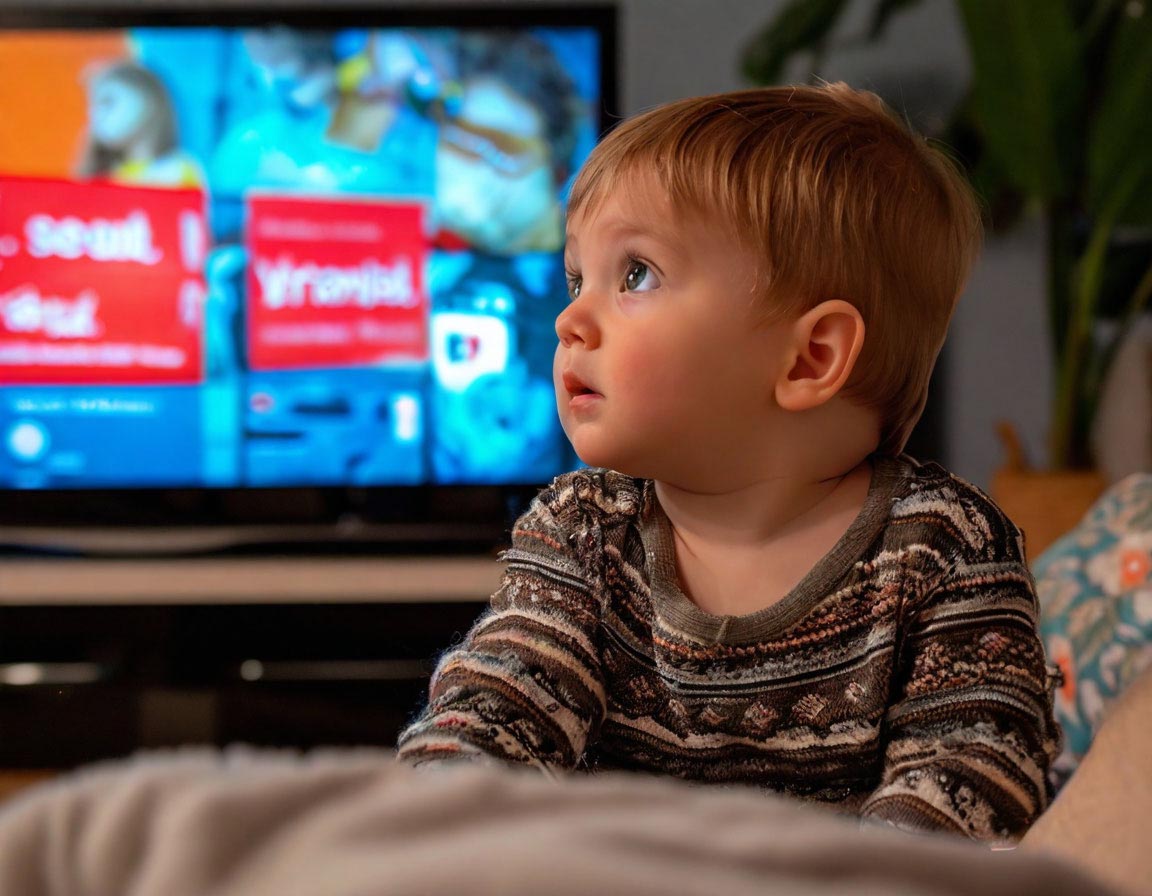
Recognizing Red Flags on YouTube
While YouTube offers a vast array of content for children, it’s important to be vigilant about potential pitfalls. Recognizing red flags can help parents ensure a safer and more enriching experience.
1. Identifying Inappropriate or Harmful Content
Despite YouTube’s policies, inappropriate content sometimes slips through filters. This includes videos that may seem child-friendly at first glance but contain themes or language unsuitable for younger audiences. For example, seemingly harmless animated videos may include dark humor or violent imagery.
Regularly previewing content and paying attention to the types of videos that appear in the autoplay queue can prevent exposure to such material. Discussing why certain videos are off-limits can also help children understand the importance of making mindful choices.
2. Understanding the Risks of Targeted Ads
Targeted advertisements are a significant concern on YouTube. Even on the YouTube Kids platform, ads can feature products or messages that are not age-appropriate. For instance, some ads may promote sugary snacks or toys designed to encourage impulsive buying.
Parents can minimize exposure by using subscription-based services like YouTube Premium, which removes ads entirely. Educating children about the persuasive nature of advertisements can also help them develop critical thinking skills.
3. Managing the Impact of Community Interactions
YouTube’s interactive features, such as comments and live chats, present unique challenges. While they can foster a sense of connection, they may also expose children to negative or harmful interactions, including cyberbullying.
Disabling comments on videos or using platforms that limit community interactions can mitigate these risks. Encouraging open communication about online experiences is crucial to helping children navigate digital spaces safely.
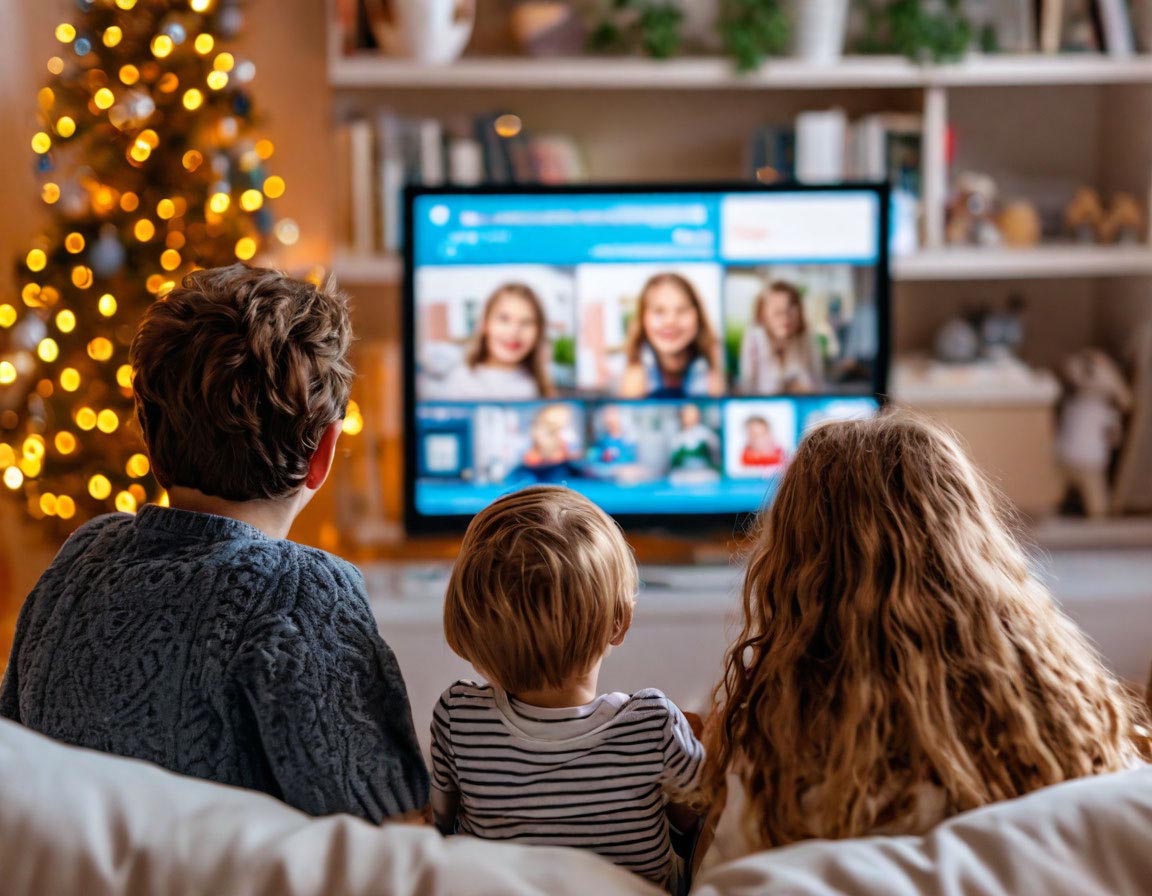
Recommendations for Parents
A proactive approach to managing YouTube use can transform it into a positive experience for children. The following strategies ensure that viewing habits align with developmental and emotional needs.
1. Supervise Viewing: Staying Involved with Your Child’s Choices
Active involvement in your child’s YouTube consumption is one of the most effective ways to ensure safety. Co-watching videos provides opportunities to discuss the content and its impact. For example, watching a science experiment together allows parents to clarify concepts or debunk myths presented in the video.
Supervision also helps parents stay informed about their child’s interests and any emerging concerns.
2. Set Limits: Creating a Healthy Screen Time Routine
Establishing clear boundaries around screen time helps balance YouTube with other essential activities, such as outdoor play and family interaction. A structured routine, like limiting viewing to 30 minutes after school, can prevent excessive use.
Involving children in setting these limits fosters cooperation and teaches time management skills.
3. Educate About Content: Teaching Kids to Identify Safe Videos
Teaching children to assess videos critically empowers them to make safer choices. This can include checking the channel’s credibility, looking for age-appropriate themes, and avoiding clickbait titles.
Parents can demonstrate how to verify educational channels by reviewing their descriptions or identifying well-known creators with positive reputations.
4. Use Parental Controls: Leveraging Tools for Safer Viewing
Platforms like YouTube Kids and third-party apps offer parental controls that filter inappropriate content and restrict search functions. These tools are particularly effective when combined with active parental oversight.
Setting up filters tailored to a child’s age and interests creates a customized and safer viewing experience.

When Is YouTube Beneficial for Kids
When used thoughtfully, YouTube can be a powerful tool for learning and personal growth. Its vast library of videos caters to diverse interests and educational needs.
Using Educational Content for Learning at Home
Many channels offer high-quality educational content that complements traditional schooling. Incorporating such videos into home learning activities can spark curiosity and deepen understanding of new topics.
Exploring Interests Through Creative Channels
YouTube allows children to explore hobbies and talents, from cooking and crafting to music and coding. Children interested in baking might find inspiration in channels that combine creativity with practical skills. Encouraging children to explore their passions through appropriate content can boost confidence and foster a lifelong love of learning.
A balanced approach—combining guidance, supervision, and thoughtful content selection—can make YouTube a meaningful part of a child’s development. By addressing its risks and leveraging its benefits, parents can ensure that this digital platform supports their child’s growth in a safe and enriching way.
Recommended Books For Parents
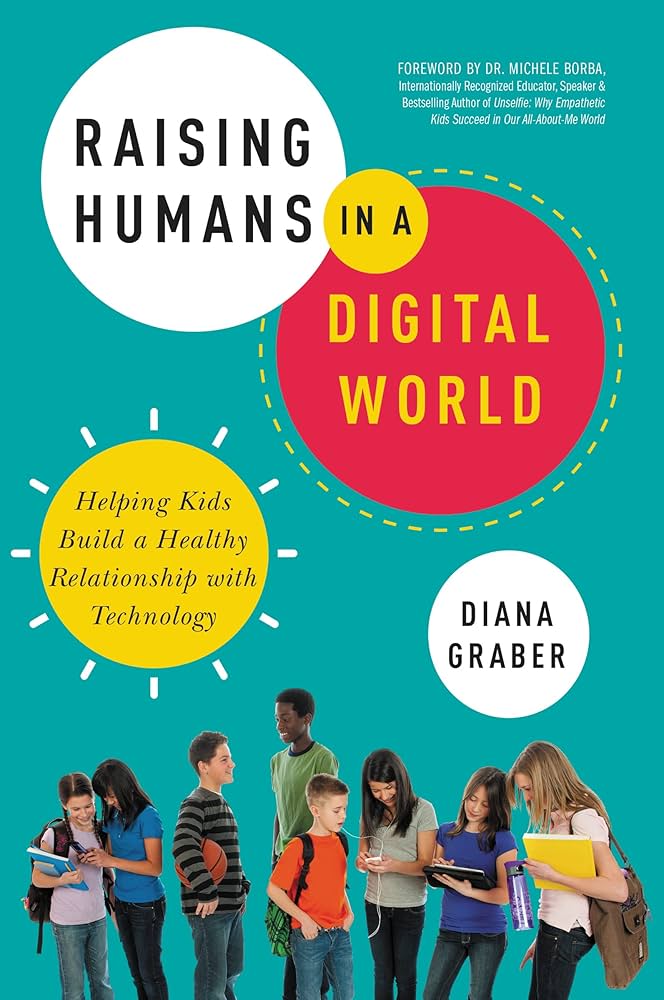
“Raising Humans in a Digital World” by Diana Graber
This book explores the balance between technology use and human connection, offering practical advice on teaching children digital citizenship and online safety.
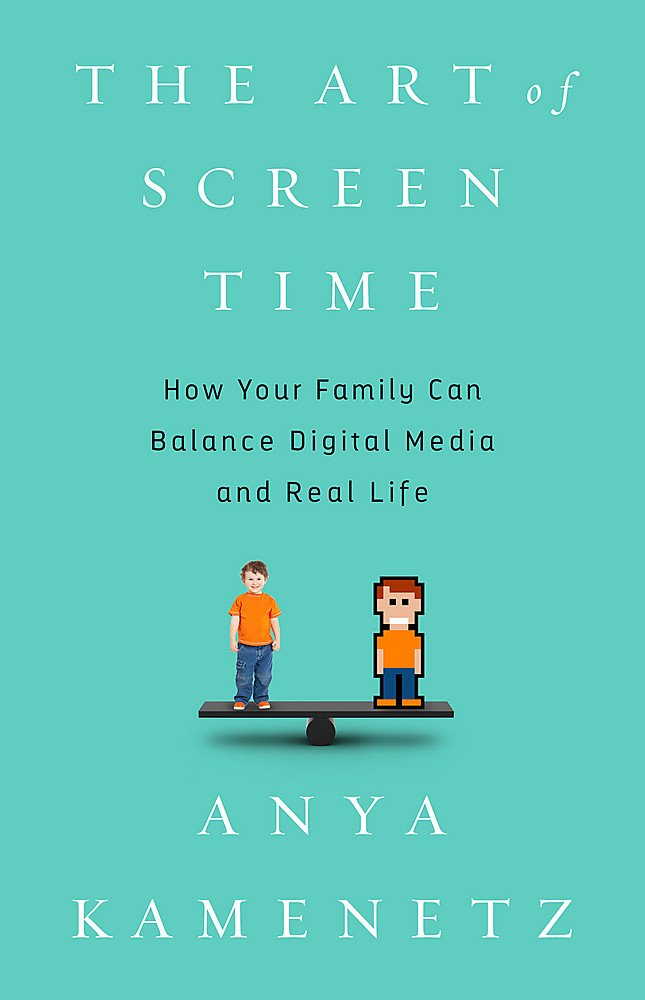
“The Art of Screen Time” by Anya Kamenetz
Kamenetz provides research-backed insights into managing screen time effectively. She emphasizes the “enjoy screens, not too much, mostly together” mantra, which is particularly useful for parents seeking moderation in digital habits.
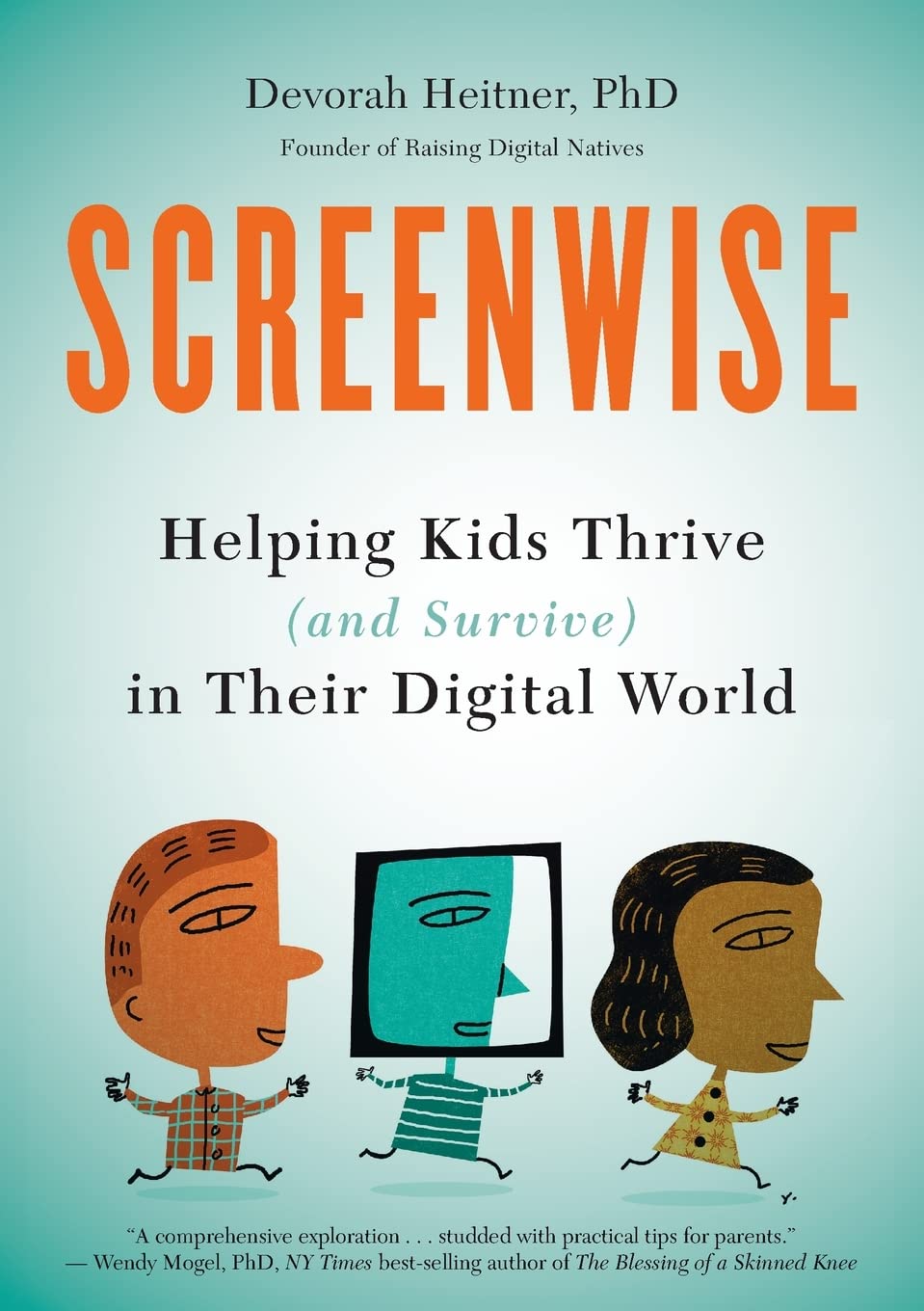
“Screenwise” by Devorah Heitner
Focusing on empathy and communication, this book highlights how parents can guide children to make thoughtful decisions about their online activities. Heitner offers examples of real-life digital dilemmas and solutions tailored to various age groups.
FAQ for Parents Navigating YouTube and Video Viewing
Are YouTube videos appropriate for young children to watch unsupervised?
Not all content is created with young children in mind. While there are some kid-friendly creators, the platform’s open nature means unsuitable content—including graphic or misleading material—can appear even in recommended videos. Supervision and content filters are essential.
Can kids watch on YouTube using an iPad safely?
Yes, but only if the iPad has restriction settings activated and the child is using a monitored Google account with parental controls and making careful choices about content. The device itself doesn’t guarantee safety without these measures.
Is PBS Kids available on video sharing platform apps like YouTube?
Absolutely. PBS Kids has an official YouTube channel with educational content tailored for young people. However, to avoid accidentally stumbling onto things on YouTube that aren’t educational, it’s better to access their content directly or through their own app.
What risks come with letting kids use tablet devices for hours and hours?
Extended screen time, especially with features like auto-play, can lead to disrupted bedtime routines, reduced physical activity, and overexposure to both good and bad digital influences. Setting limits is critical to healthy development.
How can I prevent my 5-year-old from seeing inappropriate videos or prank content online?
Enable control features and select platforms designed for children, such as YouTube Kids. Even then, no system is completely safe, so co-watching, turning off auto-play, and talking about what’s real versus staged can help prevent emotional confusion from prank videos or unsuitable content.
Is it possible to go cold turkey and block YouTube entirely on a console or device?
Yes, parents can block access at the device level—especially on a console, tablet, or smart TV. However, many experts suggest gradual digital literacy rather than forcing kids to live in a bubble. Teaching kids about the platform’s good and bad aspects is more sustainable.
Why does Minecraft or other popular games often show up in kids’ recommendations on YouTube?
Advertiser interests, viewing history, and algorithm patterns drive recommendations. If a child watches one Minecraft clip, related videos quickly dominate. This is why terms of service, parental control settings, and active involvement are vital to prevent unsuitable spirals.
